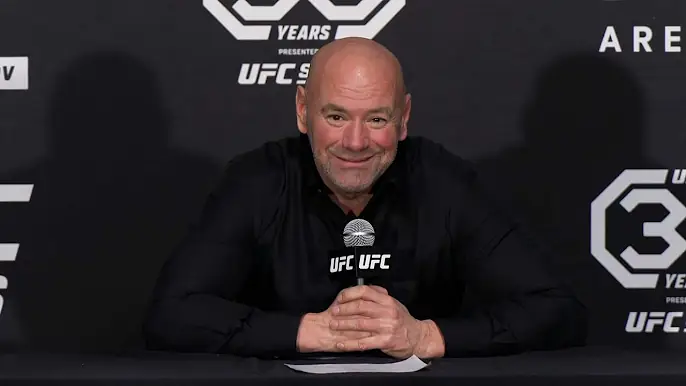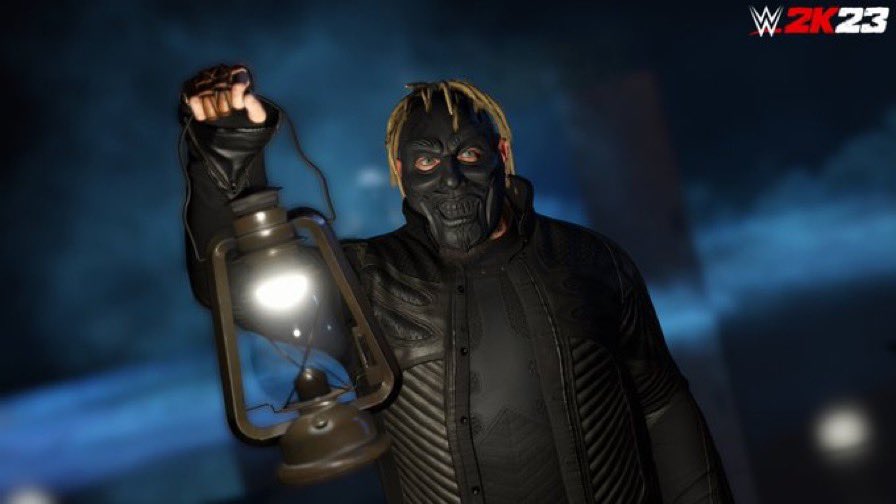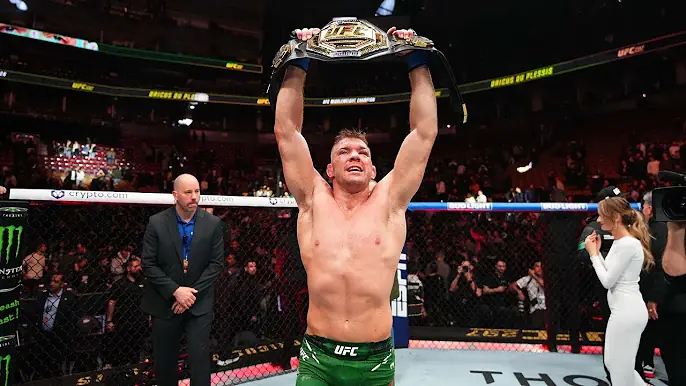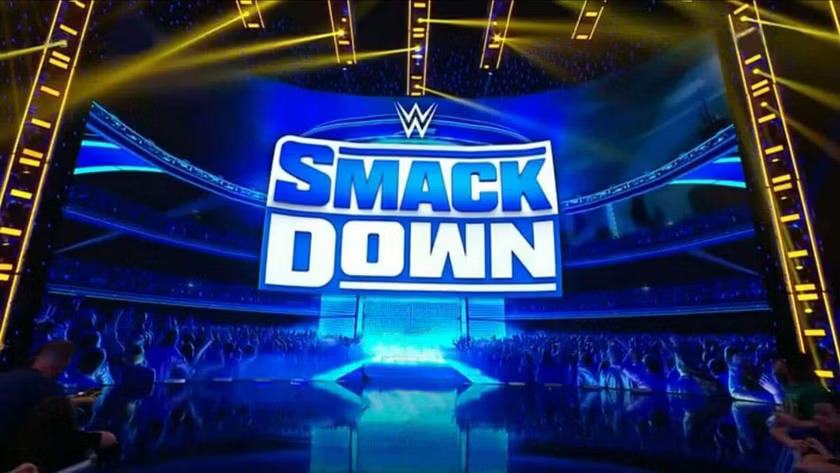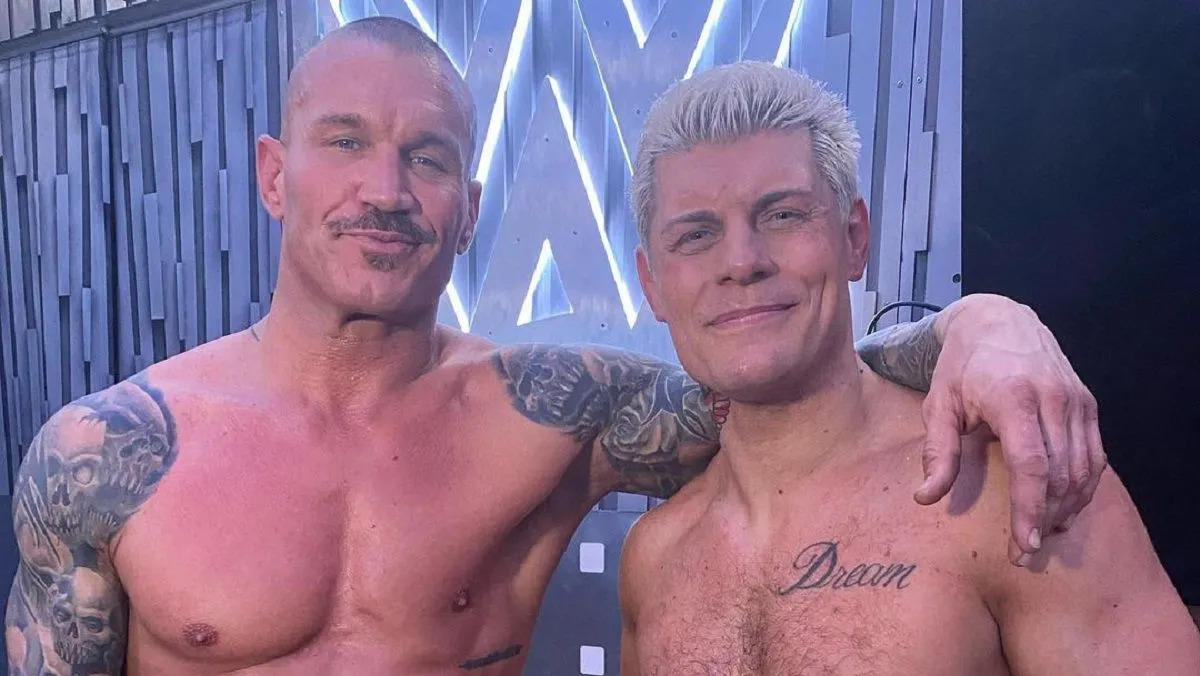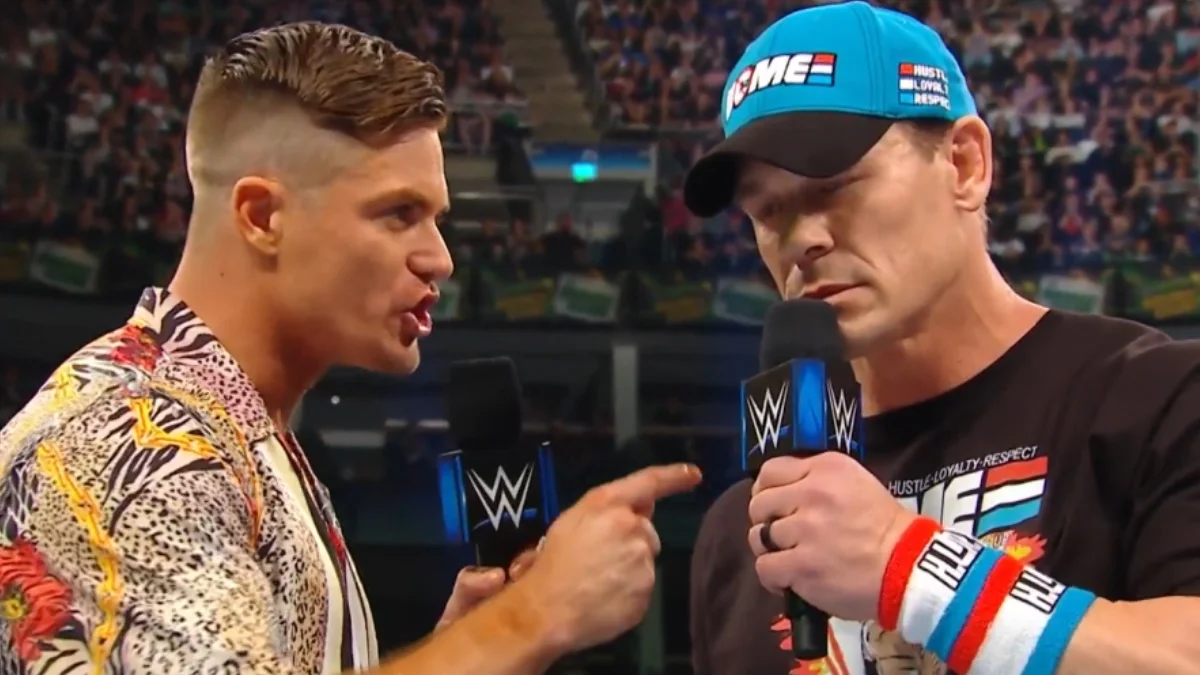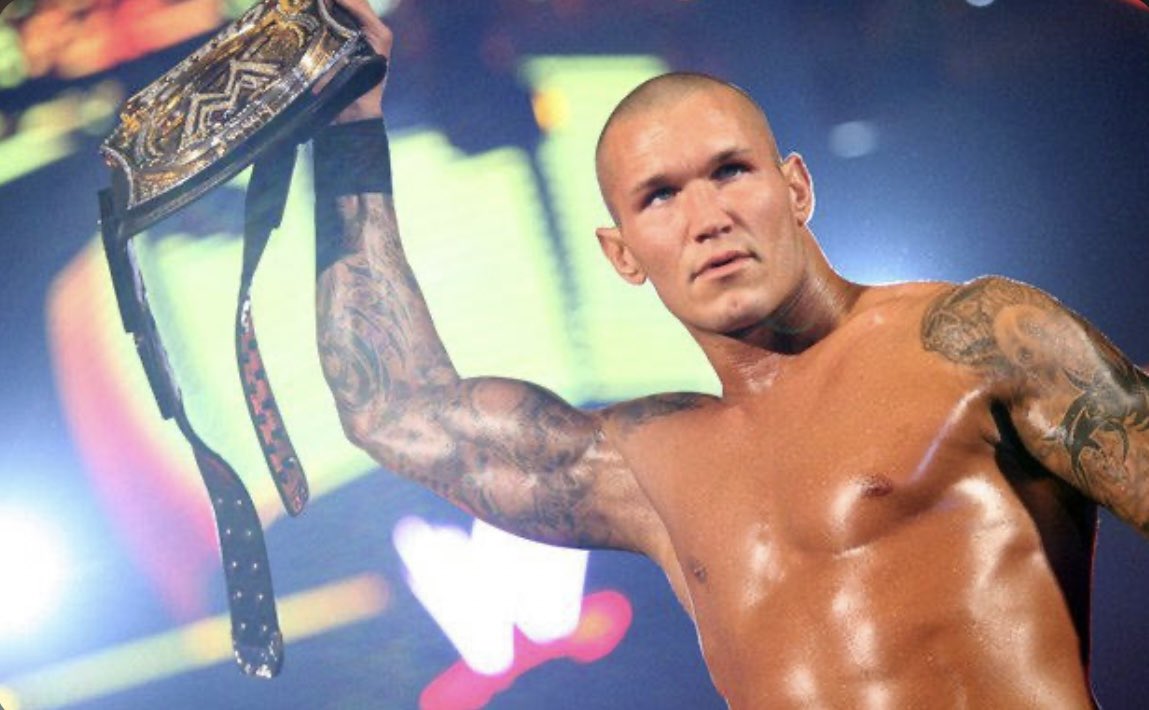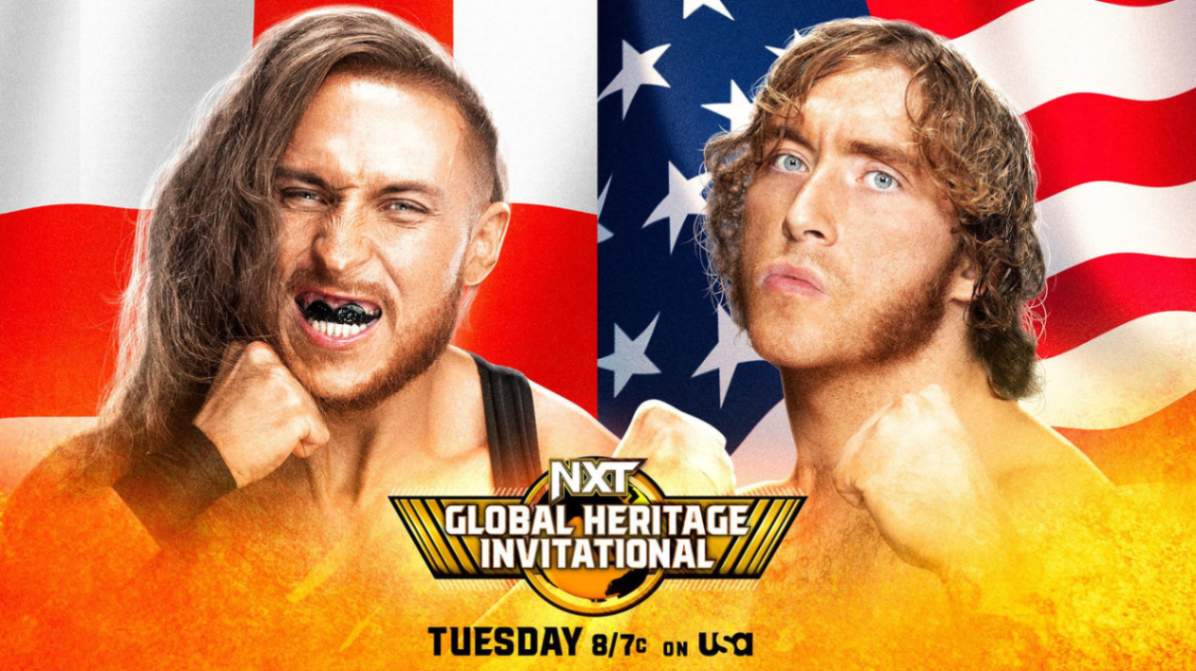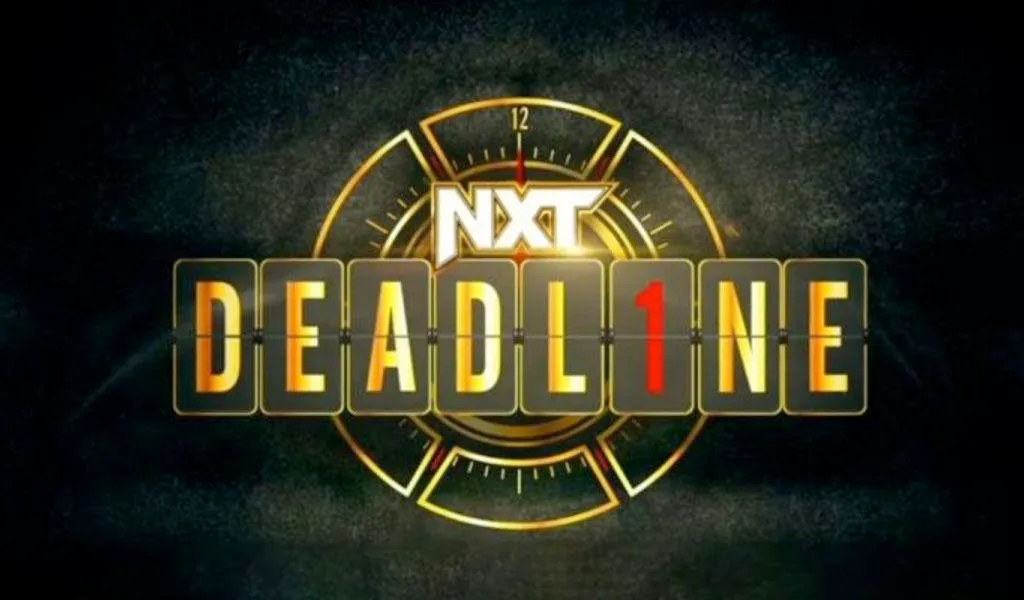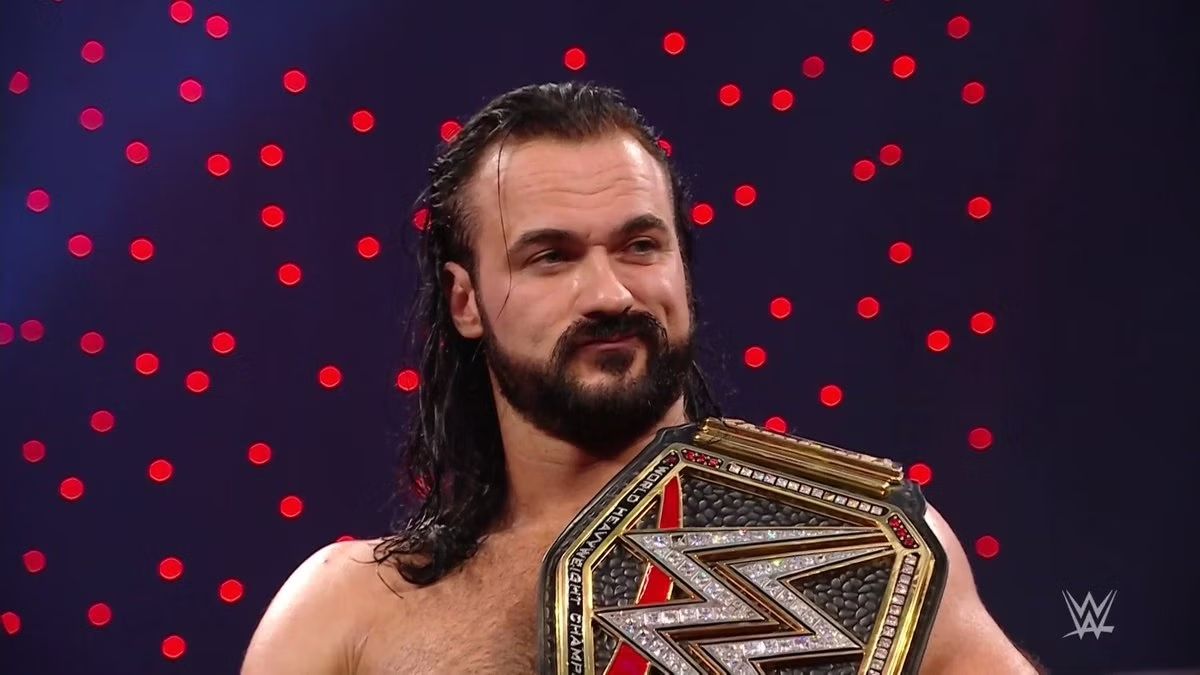The Evolution of WWE Merchandise: From Action Figures to Apparel
World Wrestling Entertainment, known as WWE, has established itself not only as a leading wrestling promotion but also as a powerhouse in the world of sports entertainment. At the center of it all is an extensive and ever-evolving range of merchandise capturing fans of all ages for decades. From those early days of modest souvenirs to the present, merchandise related to WWE has been a significant aspect of WWE’s identity and a vital income source. This paper will epitomize the WWE merchandise evolution, where its growth has grown from action figures and apparel to much more.
Setting the Stage: The Early Years
The Beginnings of Wrestling Merchandise
The concept of wrestling merchandise can be traced back to the infancy of professional wrestling, where at every live event, the fans purchase souvenirs like programs, photos, and autographs that they would collect as keepsakes and a method for giving support back to their favorite wrestlers. It wasn’t until late in the 1970s and early 1980s that wrestling promotions started to understand the potential for merchandising to be one of the biggest money-makers.
Vince McMahon’s Vision
Vince McMahon, when he took over his father’s wrestling promotion, at that point the World Wrestling Federation (WWF), his ambition was for it to become an international entertainment brand. The augmentation of WWF merchandise lay right at the center of that vision. By doing just that, McMahon knew he could attach wrestlers to their audiences and superglue them into the experience.
The 1980s—When Wrestling Merchandise Was Born.
The Boom of Action Figures
The most significant thing to come out of WWE merchandise was the action figures. As far back as 1984, WWF allied itself to makes of toys, LJN, to produce a line of wrestling action figures. The figures were an immediate success and featured some of that period’s most famous wrestlers like Hulk Hogan, André the Giant, and “Macho Man” Randy Savage under the name “Wrestling Superstars.”.
These figures were a great success among young fans who aspired to relive their favorite wrestling moments at home. That made the WWE merchandise business quite a boom one.
Product Line Extension
The success of the action figures then gave the impetus for WWE to push the company’s merchandising. More products were added in the 1980s, such as T-shirts, –
billboards, trading cards, and videotapes. Their strategy was to merchandise items with the hottest wrestlers of the time and let that star power sell their products. Hulk Hogan merchandised more than anything else during this period. His classic yellow and red gear, together with the “Hulkamania” brand, made their appearance on just about everything.
The Role of Television
During this period, television was an essential tool for the promotion of WWE merchandise. WWE’s mainstream shows, such as “Saturday Night’s Main Event” and “WrestleMania,” were windows of opportunity to show merchandise to the entire country. Wrestlers would wear their merchandise during these shows and plug it to establish an even greater connection between the wrestlers and their persona. This furthers the company’s reach with the national audience, helping to sell even more merchandise.
The 1990s: The Merchandising Machine Grows
Rise of Stone Cold and The Rock
The 1990s were to become the new era of wrestling and merchandise, driven by these iconic superstars: Stone Cold Steve Austin and The Rock. Such full-on personalities would play a note with audiences that would soon turn into central figures in WWE’s merchandise strategy. Beginning with Austin’s “Austin 3:16” T-shirt and The Rock bringing his electrifying persona along with its catchphrases, all translated to big sales—for the two most marketable stars in WWE history.
Video Games and Digital Media
The 1990s also introduced WWE video games with “WWF WrestleMania: The Arcade Game” and later on, “WWF No Mercy.” These games introduced an entirely new level of realism by which WWE fans could be placed within that world, pitting favorite wrestlers against other wrestling superstars in action. Their monetary success helped spread the coverage of WWE merchandise into a digital frontier and bought its path from future developments in computer gaming and digital content creation.
Licensing and Partnerships
For WWE, more than strategic licensing deals this decade was perhaps the formation of partnerships with other companies in producing all their merchandise. This only meant that WWE would produce a range of their products, from toys, apparel, home video releases, and collectibles. This strategic move by WWE had assured them of quality products that met the fans’ then-growing expectations.
The Attitude Era’s Impact
The Attitude Era was a much edgier product tailored towards adults in the late 1990s. It would appeal more to the older fan, and this shift was reflected in the merchandise WWE would sell. It now includes mature themes and designs while still attractive to young, up-and-coming fans. This is evident through merchandise such as DX merchandise, including currently trendy rebellious slogans and imagery amongst teens and young adults during that period. It affected merchandise by showing WWE’s ability to adapt to a demographic change in numbers and preferences in their audience.
The 2000s: Diversification and Innovators’ Decade.
Launch of WWE Shop
In 2002, WWE introduced WWE Shop, a web-based marketplace where merchandise could be sold directly to the public. It was a game-changing concept because it gave fans the most convenient way to engage with a broad spectrum of products without worrying about attending live events. Products available at the WWE Shop ranged from apparel to accessories, home décor, and even memorabilia. This move to launch the WWE Shop was one of the biggest taken in WWE’s merchandising towards embracing this growing e-commerce channel.
Luxury Collectibles
By the 2000s, WWE began to develop high-end collectibles and limited edition merchandise, including autographed memorabilia, replica championship belts, and exclusive action figures. The high-end products would start to service the more hardcore fan or collector who willingly paid a premium. This introduced a whole new level to the WWE’s merchandising product, and greatly expanded its appeal to a broader range of consumers.
WrestleMania and Event-Specific Merchandise
WrestleMania, WWE’s marquee event, became a focal point of merchandise sales. The company tried to apprehend at least a fraction of the WrestleMania mania by selling event-related merchandise: T-shirts, hats, and posters. These turned into collectibles not just for those in attendance but for viewers at home. The WrestleMania merchandise on that charming boxing day had the spotlight on how big events could be used to spur sales by allowing for product exclusivity.
The Role of WWE Studios
In the 2000s, WWE expanded its brand into the movie industry by creating WWE Studios. These produced films starring WWE superstars, effectively extending their reach outside the ring. The movie opened other opportunities for merchandising tie-ins, such as DVDs, posters, and other merchandisable paraphernalia. WWE Studios was evidence of WWE’s attempt to diversify its entertainment portfolio and create additional revenue streams.
The 2010s: Refurbishing the Merchandise Machine
The WWE Network
The WWE Network, which went online in 2014, shifted how WWE fans viewed the organization. For example, it’s a subscription-based streaming service that provides access to a vast library of wrestling content—instantly available matches, new and classic matches, and pay-per-view events and original programming. Another critical aspect of the WWE Network is the unique opportunities for merchandise sale, such as when limited-edition T-shirts and collectibles were only available to subscribers. This was quite a helpful deal relating merch sales to media.
Collaborates with Fashion Brands
In the 2010s, WWE finally started collaborating with big-fashion brands and designers in providing wrestling-inspired apparel to larger audiences. Partnerships with Tapout and Homage have turned out clothes that are stylish and of quality, trying to appeal not only to wrestling fans but to fashion-savvy consumers as well. Such partnerships had aided WWE in the tapping of newer markets and changing perceptions about merchandise associated with wrestling as fashionable.
The Rise of Women’s Wrestling
It wasn’t until the mid-2010s that WWE was undergoing its Women’s Evolution, a period that considerably shifted more focus towards women’s wrestling and, subsequently, the stars of the female persuasion. That translated into WWE merchandise expanding on its women’s line of goods featuring female superstars. Merchandise highlighting Becky Lynch’s “The Man” T-shirt or Sasha Banks’ “Boss” gear has sold well, which speaks for itself on the interest in just a women’s wrestling product alone. The success of these types of items thus emphasized on the need for representation within the actions concerning WWE’s merchandising strategy.
Personalization and Customization
Technological advancements such as these allowed even more room for personalization by WWE. Previously impossible, fans could now design their championship belts, T-shirts, and other forms of merchandise with not just their names but also those of their favorite wrestlers. All of these additional personalization elements served only to add more meaning to the merchandise being bought; hence making the fan experience even more special. The sense of customization at WWE was very much a reflection of broader trends in consumer behavior, where personalization is becoming more and more critical.
The Present and the Future: Innovation to Continue
Sustainability and Social Responsibility
The company aims to achieve sustainability in its strategy with merchandise even though environmental issues have become more critical in recent decades. WWE would seek to adopt Eco-friendly materials, reduce the wastage that results from the packaging, and adopt ethical work manufacturing. Taking up practices such as this would achieve an increase in the consumer base that is charged with the responsibility of protecting the environment. The WWE, hence can take advantage of this and use it to take up a more significant part of the already big market.
Expanding Digital and Virtual Merchandise
The digital and virtual merchandise space entails new opportunities for WWE related to digital collectibles, virtual meet-and-greets, and augmented reality experiences. Innovations that allow WWE to interact with fans in new, interactive ways, making experiences unique. In that sense, the latest push on digital merchandise illustrates industry-wide shifts in the entertainment space.
Global Reach
WWE’s charge on global expansion does not leave its merchandise strategy in the dust. Tapping into international markets, WWE opens itself up to new and diverse, growing fanbases. That means region-specific merchandise befitting regional cultures and tastes. Product adaptability to reach different markets is where it clicks in for WWE as it strives to develop its link with the rest of the world.
Collaboration with Tech Firms
WWE merchandise partnerships with technology companies are excitingly full of potential. Combined operations between wearable technology, intelligent apparel, and virtual reality organizations may produce groundbreaking results in fan experience increases. These things can make WWE the best horse in lacing technology with sports entertainment merchandise.
Conclusion
The epitome of WWE merchandise evolving from just plain souvenirs into a diversified and classy portfolio of products is a testament to the innovative ability and adaptiveness of the company to changing market dynamics. From action figures and apparel to high-end collectibles and digital experiences, the merchandise strategy for WWE has been constantly developed to meet the requirements of its global fanbase. Crucial for this evolution has been WWE’s adaptability: capitalizing on the momentum of its stars, acting in response to significant moments, and taking advantage of new technologies. With new opportunities gained through premises like WWE Shop and WWE Network, the latest business openings spread their merchandise sales with fashion-technology licensed partners that expand WWE’s audience and fanbase. As WWE grows and continues to flourish, the merchandise strategy has to be developed and improved. At the forefront, WWE can forever keep its merchandising an essential and thrilling part of the fan experience by keeping, at the very top of mind, the following aspects: sustainability, customization, and technological innovation. The evolution from just action figures to more high-end apparel epitomizes WWE’s legacy and commitment to impact the world of sports entertainment, delivering high-quality, fan-felt products across the globe.


